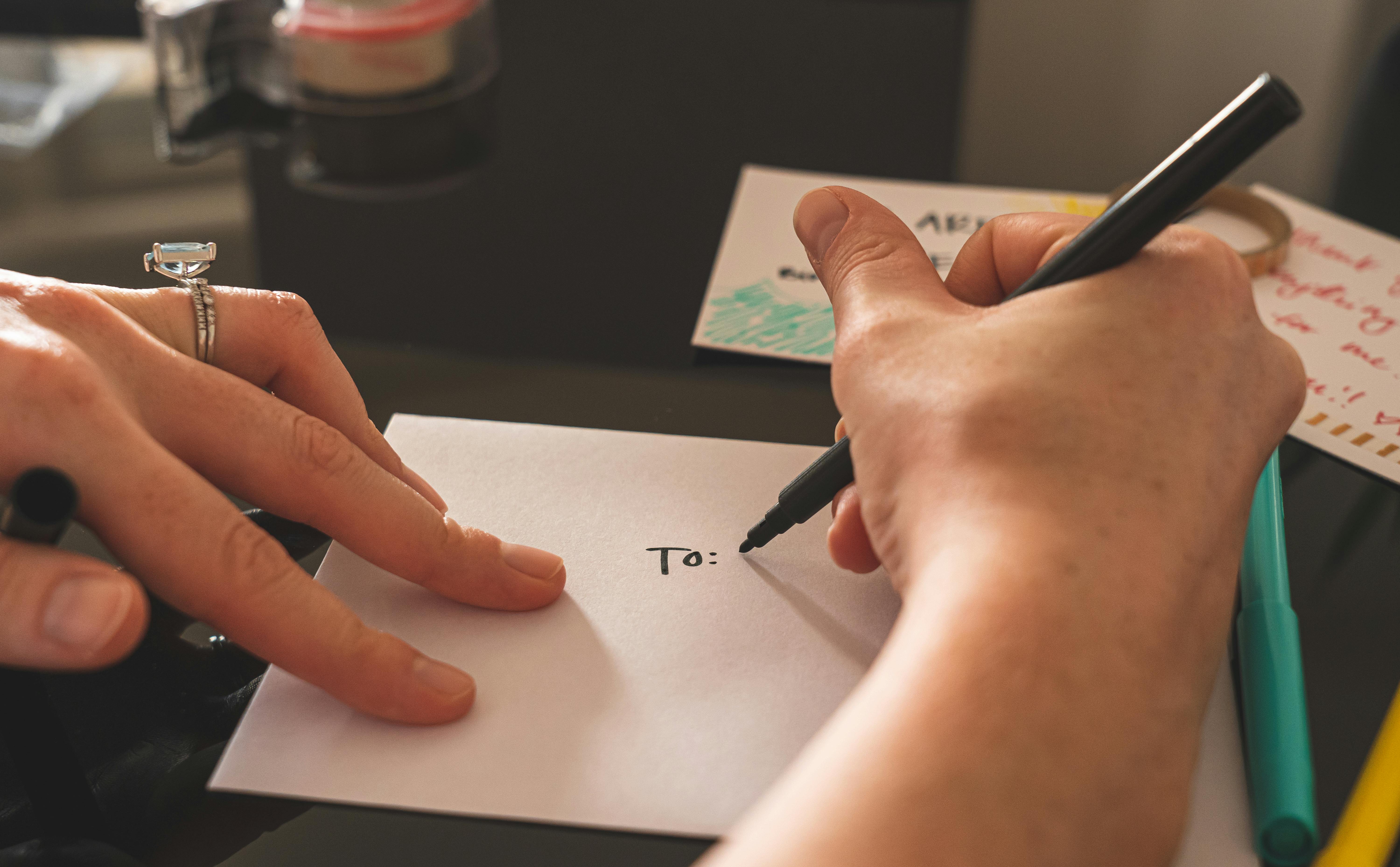Foods to Absolutely Avoid if You Suspect Gluten Sensitivity or Celiac Disease
61. Envelope and Stamp Glue: The Mail-Time Contaminant

This is a critical, universally overlooked risk of accidental oral exposure. The adhesive used on the flaps of conventional envelopes, postal stamps, and some stickers is often made from dextrin, a starch that can be derived from wheat. For someone with celiac disease, licking an envelope (especially in high volume environments like an office) or handling traditional stamps and then touching their mouth poses a direct risk of trace gluten ingestion. To eliminate this sabotage point, always use a moist sponge or a certified gluten-free sticker to seal envelopes, and avoid licking stamps.
62. Cutting Boards and Shared Kitchen Utensils

For anyone with celiac disease, the use of shared wooden cutting boards is a critical, often-overlooked source of cross-contamination. Wood is porous, and gluten proteins from previously sliced bread, pizza, or pasta dough can become permanently embedded in the microscopic grooves and transfer to otherwise safe gluten-free foods . The same high risk applies to porous plastic utensils, non-stick cooking surfaces with scratches, and shared toasters. Even if washed, the residue remains. The solution isn't just careful cleaning, but strict segregation: dedicate separate, clearly marked cutting boards (preferably non-porous glass or high-density plastic) and toasters for gluten-free use only. Don't let a hidden residue undo all your careful label reading.
